- About us
- Support the Gallery
- Venue hire
- Publications
- Research library
- Organisation chart
- Employment
- Contact us
- Make a booking
- Onsite programs
- Online programs
- School visit information
- Learning resources
- Little Darlings
- Professional learning
Arthur Phillip (1738–1814) was appointed by the British Home Office in 1786 to command the first fleet of convicts to New South Wales. By this time, Phillip was a well-regarded servant of the state. Having joined the Royal Navy at seventeen, he had fought in the Seven Years’ War and the war against American Independence, and worked as a spy in France. His fleet arrived in Botany Bay in mid-January 1788, though Phillip quickly decided that Port Jackson, or Warrane, further north would be a better position for the intended colony. Under official instruction to establish good relations with the Indigenous locals, Phillip, as governor, tried for several months to engage a willing go-between. When all efforts failed, he forced the issue by kidnapping two men. Colebee soon escaped, but Bennelong chose to remain. Following a tumultuous first two years, the relationship between Phillip and Bennelong found equilibrium: Bennelong helped secure a period of relative peace while Phillip gave Bennelong critical information about British ways. This engraving copies a portrait by the painter Francis Wheatley, which was made in London upon Phillip’s appointment. Phillip holds a chart of NSW in his hand. Wheatley’s commissioned depictions of Phillip relied heavily on the neoclassical style of Joshua Reynolds.
Collection: National Portrait Gallery
Purchased 2010
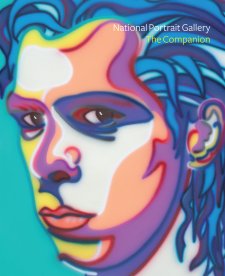
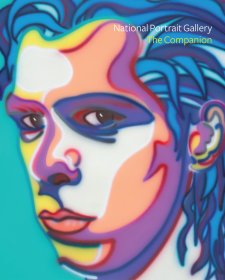

On one level The Companion talks about the most famous and frontline Australians, but on another it tells us about ourselves.
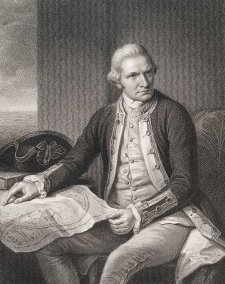

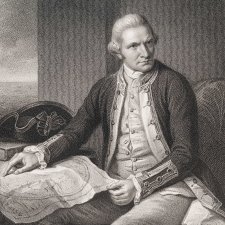
A focus on Indigenous-European relationships underpins Facing New Worlds. By Kate Fullagar.
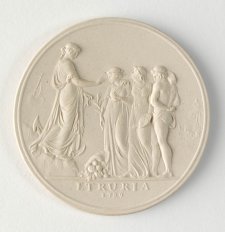
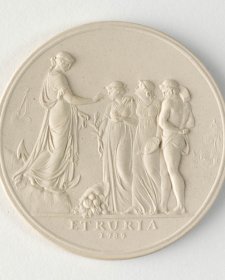
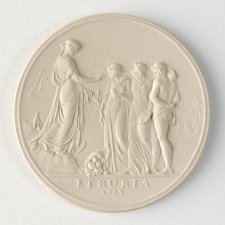
1 January 2015
In recent years I have become fascinated by the so-called Sydney Cove Medallion (1789), a work of art that bridges the 10,000-mile gap between the newly established penal settlement at Port Jackson and the beating heart of Enlightenment England.